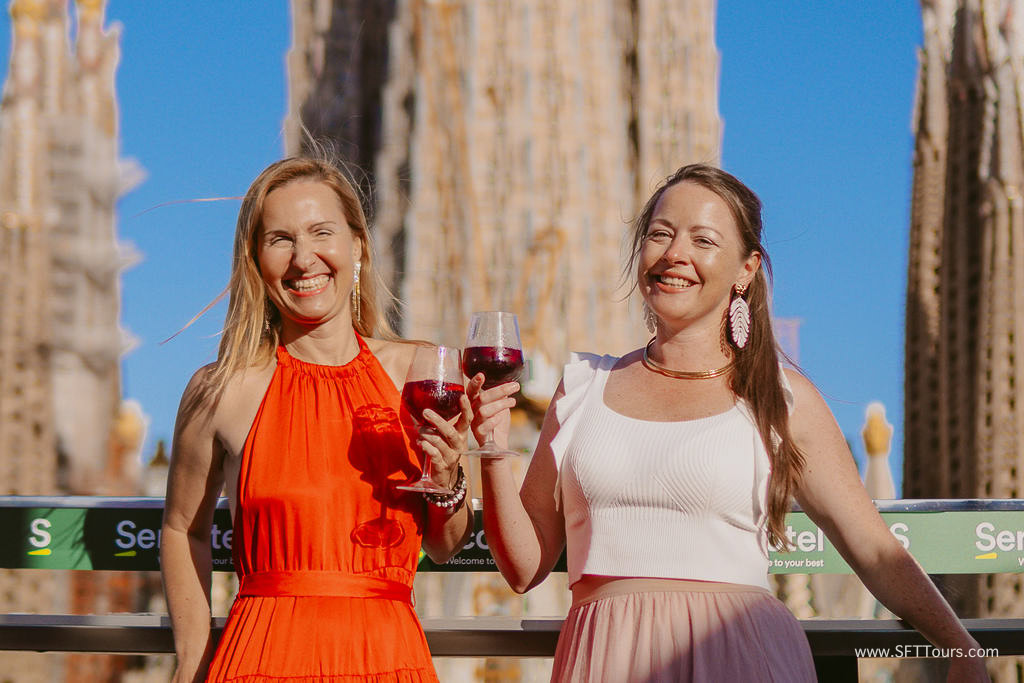The answer to the question of what to wear in Barcelona and Costa Brava in the summer could be summarized with one sentence: whatever you want!
There aren’t any restrictions on dress code and you will certainly find a range of styles and interpretations for the word fashion. The Catalan capital is a very diverse and cosmopolitan city with more than half of the population coming from elsewhere, thus, when wondering what to pack for Barcelona, you should consider how much you want to blend in and what the weather will be like.
As a native Catalan, I have included tips on how to dress in Barcelona and Costa Brava based on what the locals like to wear, and also included a packing list that I hope will be useful. But this isn’t meant to be a recommendation, rather an insight into the local culture that will be helpful if you prefer to blend in.
See our Amazon Barcelona summer packing list with all the product recommendations mentioned here.
What to expect in the summer months in Barcelona and Costa Brava
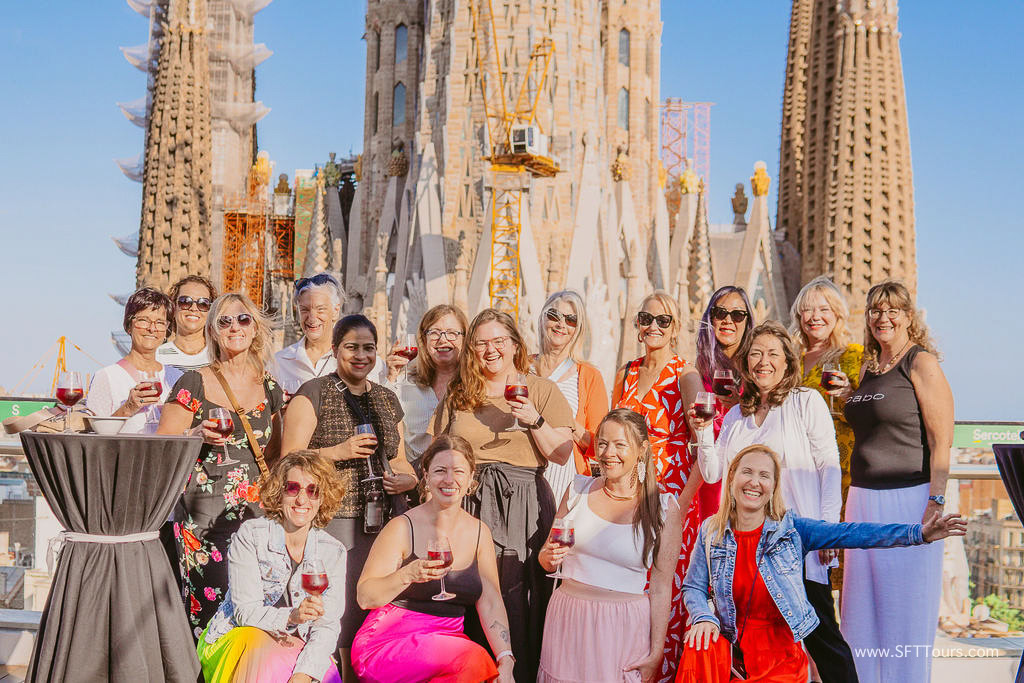
Summers in Catalonia are warm, with sea breeze coming from the Mediterranean Sea and long days where the sun is up until past 9pm.
However, not all summer months are made equal. July and August are the peak season with traffic jams on the narrow coastal roads, packed beaches and crowded spaces. Locals party until the wee hours and then head for breakfast and sleep in until lunch time which is never before 2pm.
In August, Barcelona is full of tourists and you will find no Catalan. Almost all businesses and companies close for the whole month and staff are forced to take holidays, so everyone deserts the city and heads for the coast or the mountains.
Most Catalans will rent an apartment for the whole month on the beach (likely the same one every year) or move to their summer residences. The Pyrenees mountains are also very popular summer destinations because they are cooler than the humid and sticky seaside.
As a kid, I spent summers either in the countryside with my dad or in the Pyrenees as my mum was not a beach person.
In general, Spanish people eat late; In the summer months, we eat even later. Breakfast could be at 10am or 11am and lunch never before 2pm, with late 3-4pm lunch not an unheard of occurrence and restaurant kitchens serving lunch till 4 or 4:30pm.
Dinner will typically start at 10pm or even later, as the sun is up until after 9pm and Spaniards never eat dinner when it’s light outside. Kitchens will serve dinner until midnight or even later.
Bars stay open until 2:30am and then Spaniards will head to the clubs which are open until sunrise at 7am, when after hours clubs continue until lunch time. Spanish people like to dance and party and summertime is exactly when all this happens!
Weather in Barcelona and Costa Brava in the summer
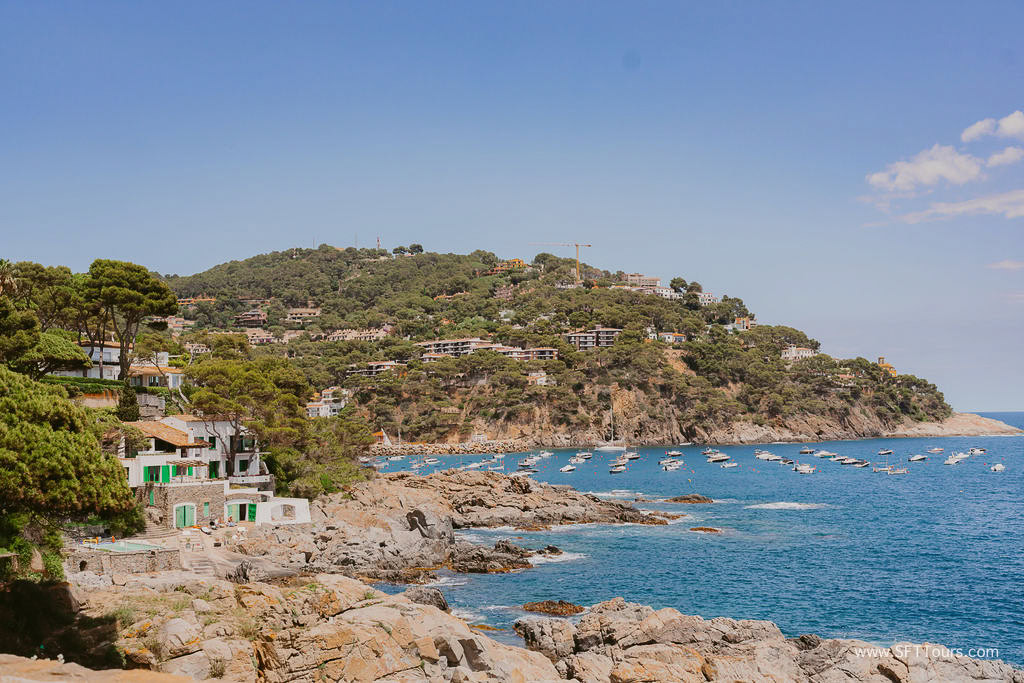
Summertime in Catalonia runs from June to September, officially, from the 21st of June until the 21st of September but each month is slightly different.
The weather in July and August is hot, with temperatures well above the 30 C and humidity levels approaching 100%. In the peak hours of the day, you can’t do much, which is why everyone heads to the beach or takes a siesta.
In contrast with the crowded mid-summer months, I love June and September in Catalonia. The days are long, the weather is warm but milder than in July and August and there is a sense of celebration in the air.
Although both months share a similar weather outlook, there are also some differences; one is at the beginning of the summer while the other is the end of it, so the atmosphere varies and the climate is slightly different.
The weather in June in Barcelona and Costa Brava
In June, there is a sense of expectation in the air, of anticipation for the best months of the year to come. Catalans are eager for the holiday period and beach life is in full swing.
Summer solstice festivals and celebrations abound and the 24th of June is a public holiday that celebrates the shortest night of the year, the night of the witches, and Catalans will burn old furniture into large fires and eat “coca” with a glass (or two) of cava with friends and family.
Temperatures in June range from 20 to 35 C (70 to 90 F). It rarely rains in June, with an average of 3 rainy days a month, and the sun is up an average of 9h a day making it a great sightseeing month.
The sea temperature will be cooler than in September with an average of 20 C (70 F) as it has not yet warmed up as a result of the sunny summer months, but a cooler dip is welcome when the sun is shining.
The weather in September in Barcelona and Costa Brava
In September, locals are more laid back and relaxed after the summer holidays and they anticipate fall with a clearer mind and a rested body.
Days continue to be long, though sunshine hours drop from 9 to 8 since the days are shorter than in June (though still very long) but the temperatures are a tiny bit higher and the air is warm and welcoming. You should still expect temperatures between 20 and 35 C (70 and 90 F) for the month.
The probability of rain remains low with an average of 5 days with some drops. But when it does rain, you should expect short showers that pass.
The sea water is warmer after 2 months of constant sunshine, and the end of summer is celebrated with festivals and concerts across the region (there is always a reason to celebrate in Catalonia!).
On the 11th September, Catalonia commemorates its National Day, La Diada de Catalunya, which is a rather sober remembrance of the day Catalonia lost all its rights in the War of Succession in 1714.
It is a public holiday and politicians honor the occasion with offerings at the monument in the El Born neighborhood, besides Santa Maria del mar Cathedral. In bakeries and businesses you may see flag-themed items.
On the 24th of September, Barcelona celebrates the largest festival of the year, the Patron’s Saint’s Day, La Merce, with live music, concerts, street parades and fireworks across the city, making it a great time to visit.
How to dress in Barcelona and Costa Brava in the summer
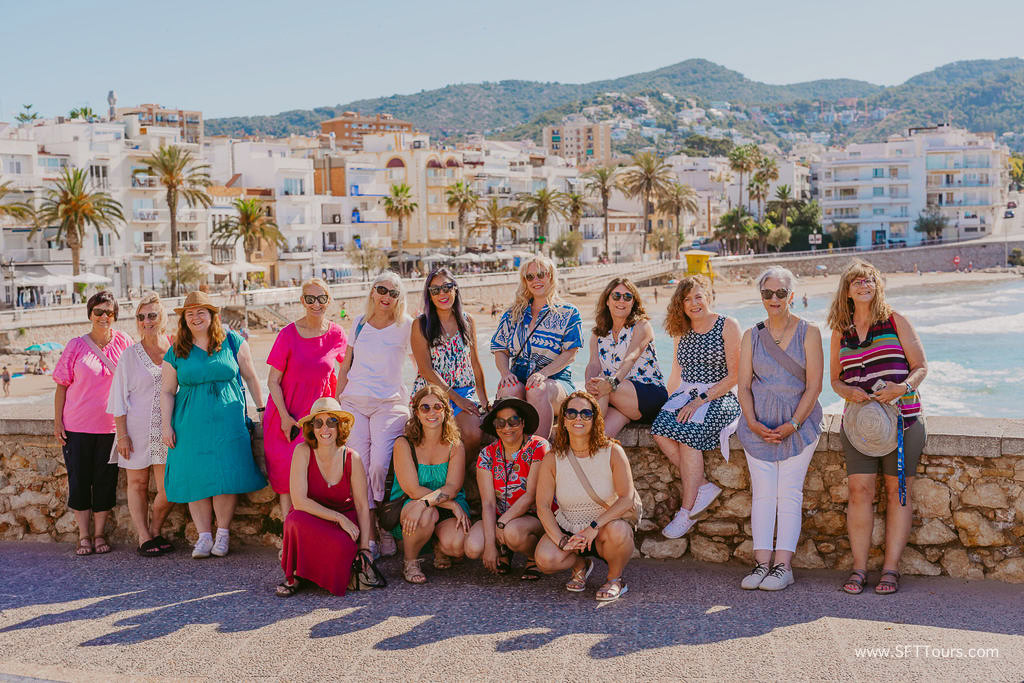
With the above weather conditions in mind, it is important to pack accordingly for a trip to Barcelona and Costa Brava in the summer, not so much for cultural reasons but to make sure you are comfortable.
Below I am throwing in some considerations for how to dress in Barcelona and Catalunya in the summer that will also help you blend in and pay tribute to Catalan fashion and style in general. They are meant to be cultural insights into Catalonia rather than a dress code.
We are not big fans of AC
While the weather will be hot outside, public indoor spaces will have AC, though it is not something readily available everywhere and locals prefer to open windows and doors.
Most restaurants will have all doors and windows open to let the summer breeze in instead of turning on the AC and when on, it will not be too strong. Hotels and indoor restaurants may be the exception.
On our other women-only tours in hot destinations like Greece, Italy’s Amalfi Coast and Tanzania, guests have raved about this portable air conditioner you wear around your neck, which can help if you are someone who overheats easily.
Footwear for cobblestone streets
Barcelona’s Gothic Quarter and the medieval villages of the Costa Brava are old and the original cobblestone streets have been maintained. That means that wearing the right shoes is essential.
Comfortable footwear with grip and support is the best. Wearing flat shoes such as flip flops are not ideal, and you won’t find any locals wearing them due to the lack of support. You could slip, twist an ankle and the flat surface without any cushion will make your feet tired very quickly. Cute sneakers or sandals that are made for walking are best.
Beware of pickpockets
Europe is generally a very safe continent for solo female travelers but the popular tourist destinations such as London, Paris, Milan or Barcelona are magnets for pickpockets who, believe me, are absolute pros.
There is usually no violence involved in the crime and you won’t even know your wallet or phone are gone, but the speed at which they can disappear is astounding and dealing with the aftermath is a mess I don’t wish on anyone.
A cross-body bag that is always zipped and in front will help but the best safeguard is a slash-proof, anti-theft bag, designed for extra safety. There are a few anti-theft bag models that I specifically recommend because Meg and I, our team or many of our guests have used on our European tours:
- Our photographer uses this backpack from Pacsafe for all her photographer equipment and highly recommends it.
- Meg has this larger cross body bag that even fits her laptop and can also expand (think shopping).
- Many of our guests have this one from Travelon that comes with a compartment for the water bottle. This has to be the most commonly used by our guests.
- Another classic coss-body bag from Travelon that is smaller so many of our guests love it because it is lighter.
- A waist bag option from Travelon that you can wear on your waist or across your chest like I always use mine. This makes it much more convenient to reach out for things and much closer to your body, so harder to steal from.
- For shorter trips to the beach, or a half day excursion, a simpler water bottle with a compartment for some essentials is usually enough. Meg likes to use this one, to the amusement of her nephews who think she is “not cool enough”.
There are so many easy targets available in crowded places that, as soon as you make yourself a more difficult one, you raise the barrier for the average thief.
Of course, never leave your valuables on the table when you sit down or hang the bag at the back of your chair or put it on the floor. Always on your lap and zipped.
Be bold
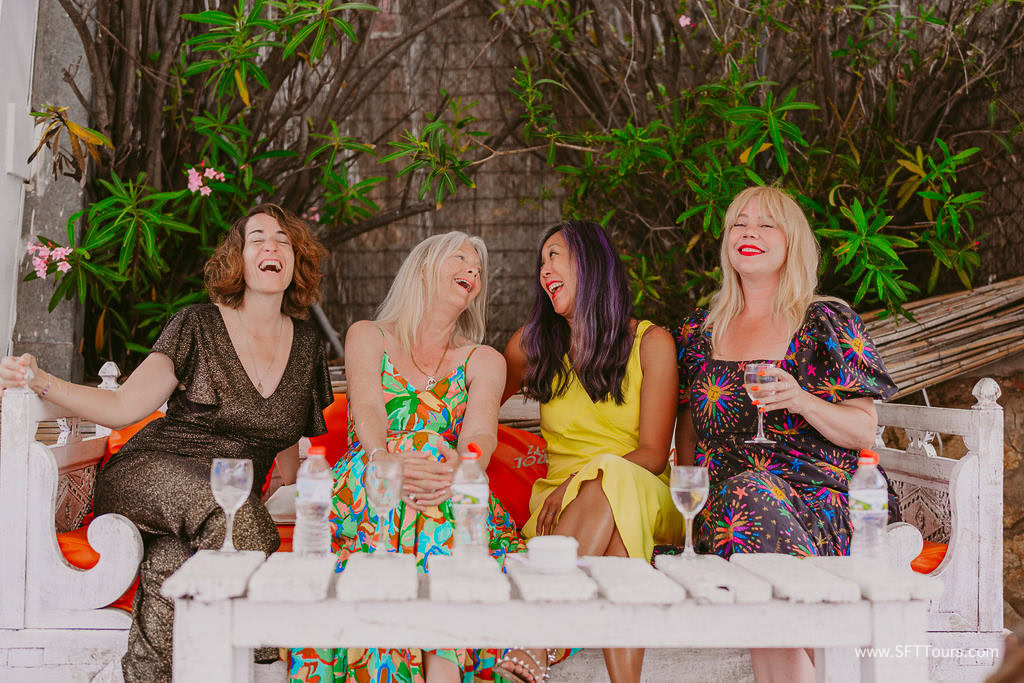
Summertime in Costa Brava is beach time and that means vibrant colors, flowers, short skirts and shorts, t-shirts and tank tops, dresses and sandals. Catalan women love color and summer fashion is always very bright and lively.
In the city, people are a bit less flowery and a bit more solid colors, but in the summer in Barcelona, you’ll be hard pressed to distinguish locals from visitors so this trend is muted by the diversity of styles and people.
Everything goes
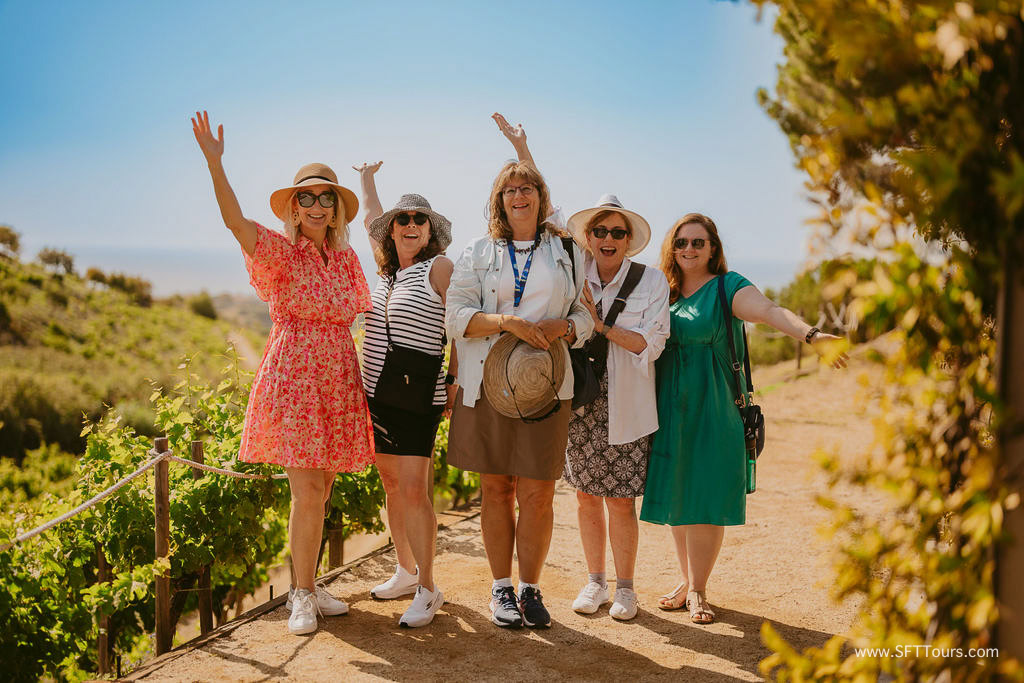
In Spain you can dress however you like. There are no restrictions, cultural or otherwise, on what clothes you should or should not wear. Modesty is only required in religious buildings where you should cover knees and shoulders and high-end fine dining restaurants may require long trousers, closed toe shoes and a jacket for the men but otherwise, freedom reigns supreme.
Walking in Barcelona you will quickly notice how diverse and cosmopolitan the city is. Hippies mix with drag queens and goths, brightly dyed hair contrasts with bald heads and men and women express themselves through their appearance in a multitude of ways.
Everything goes and you should bring whatever clothes make you happy and you enjoy wearing. In the next points I am adding some details related to the fashion sense and style of locals in case you prefer to blend in.
Cosmopolitan comfortable
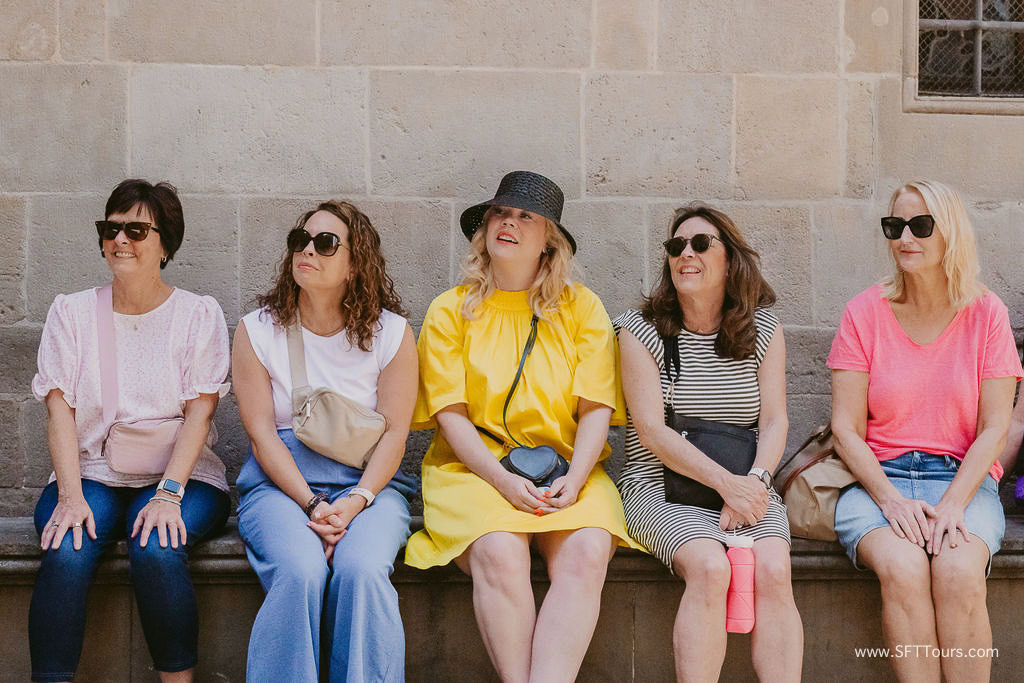
I would describe the local style as cosmopolitan, stylish but casual and with a dash of bohemian chic most prominent in the accessories.
Stilettos and very high heels are uncommon in Barcelona (we like to walk a lot and the signature pavement tiles of the city are uneven) and locals dress from the high-street fashion brands that are famous of Spain like Mango, Zara, Massimo Dutti, Bershka and Pull & Bear.
Comfortable, casual and smart are the keywords, but as I mentioned above, you’ll find plenty of youngsters in track suits, older women looking more like the Queen of England, teenagers in skimpy clothes, and plenty of sleek fashionistas and edgy trend-setters.
We, Catalans, like to dress well, with well thought out outfits that match, color-coordination, fitted clothes and nice materials. Simple accessories add a touch of sophistication and character.
High fashion or luxury brands are out of reach for the average Spaniard are frankly, not desired. If you pay attention you’ll notice that inside high end stores like Louis Vuitton or Channel on Passeig de Gracia there are only tourists. With so many fakes around, if you wore an LV handbag, most people would think it is fake.
For a visitor, it may be hard to tell who is a tourist, who is an expat and who is a local, for a local, this is very evident in the way the person dresses and behaves as well as from the clothes they wear.
It’s hard to explain but there is a specific style that is native to Catalonia and the city that is easily recognizable by the locals. For example, oversized clothes and white sneakers are certainly not a Catalan outfit.
That said, you don’t have to blend in; the city is a melting pot of cultures and styles and nobody will care where you come from. Diversity is the key.
Blending in or looking like a local, can be helpful to make you less of a target, though pickpockets do not discriminate between foreigners and locals.
Regardless of how much you may blend in, your best protection is to be alert and never leave your belongings unattended, especially in popular tourist destinations and crowds where expert thieves do their best to distract you.
Summertime equals beach time

In the summertime, the small coastal towns are extremely beach-focused and casual wear is the general dress code for the whole day.
It is common to see women in bikini tops and skirts or shorts, and men driving shirtless in their scooters towards the beach which is packed with thong-wearing, topless women getting the perfect tan. At night, teenagers skinny dip in the sea.
Try the local designers
Local fashion designers from Barcelona are very cosmopolitan, almost Nordic in their designs, with clean lines, base colors and modern cuts and they are at the forefront of fashion.
Have a look at Eikō Ai, ethical fashion brand Rebel Root, old-timer Miro (like the painter) and Ailanto.
Then there is Desigual which is also from Barcelona, and omnipresent local-based retail brand Mango for stylish and brightly colored designs.
Stylish sneakers
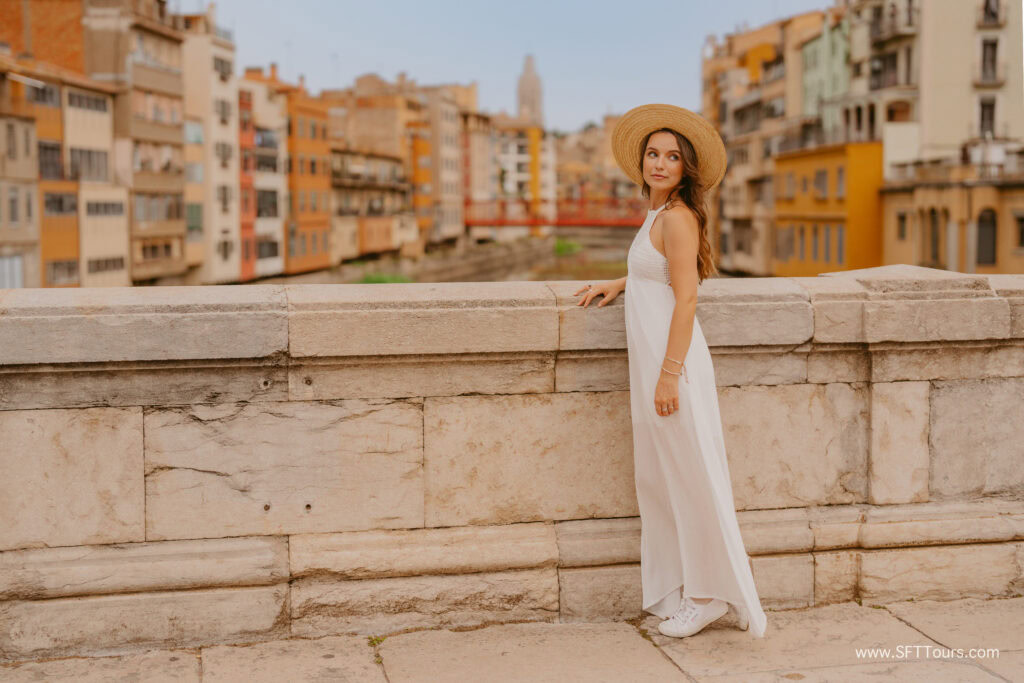
Plenty of people wear sneakers in Barcelona. All those packing lists online written by foreigners will tell you otherwise but it’s like a bad piece of advice everyone copies from each other with no actual substance or local knowledge.
Trust a local here, Catalans wear LOTS of sneakers, and I regularly meet friends in them, but we do prefer the fashionable kind sold in a fashion store not a sports shop, to a pair of Nike white trainers, we do indeed not wear those other than when actually practicing sports.
Have a look at local brand Munich, alternative brands such as Tiger or Gola, or the global Converse, Superga or Lacoste.
For a Spanish version of the white comfy trainer that we all wore as kids and which have been manufactured since 1915, check out Victoria which are made in La Rioja and are the perfect comfy shoes with an edge. Spanish people wear these.
Replace flip flops with avarques or espadrilles
There are two types of shoes that Spanish, and in particular Catalan, people wear in the summer instead of flip flops: Avarques and espadrilles.
Avarques are flat leather shoes with a tire sole and a strap at the back of the heel that have become so popular you can now find them anywhere in the world. Originally, they hail from Menorca and I have been wearing them every summer since I was a kid.
Typically, you buy a new pair at the beginning of the summer and wear them out by the end of the season. Some brands now make them with platforms and even as wedges, but the originals are in tan yellowish color or light leather brown, flat and with a tire sole.
The other traditional and highly popular shoe worn across Spain in the summer are espadrilles. Comfortable and casual, you can wear them from the beach to a restaurant, depending on the model and the finishing. Check out this cute pair.
Nowadays, they make them in all sorts of cute designs and even with platform heels, wedges and ankle straps, French style, which can take you to wonderful evening meals looking very nice. Check these ankle strap ones.
Make-up is not really a thing

I only noticed this after living abroad for so many years but none of my friends or family members wear makeup in their day to day, it’s just not a thing in Barcelona.
Concealer yes, a bit of blush, maybe, and perhaps a dash of lipgloss, but Spanish women are not big makeup consumers or users in their daily routine. We keep things natural even when going out, and prefer to let natural, healthy, sunkissed skin do the talking.
On the other hand, Spain is the second largest exporter of perfume after France so cologne and perfume are more common than makeup.
What to pack for Barcelona and Costa Brava in the summer
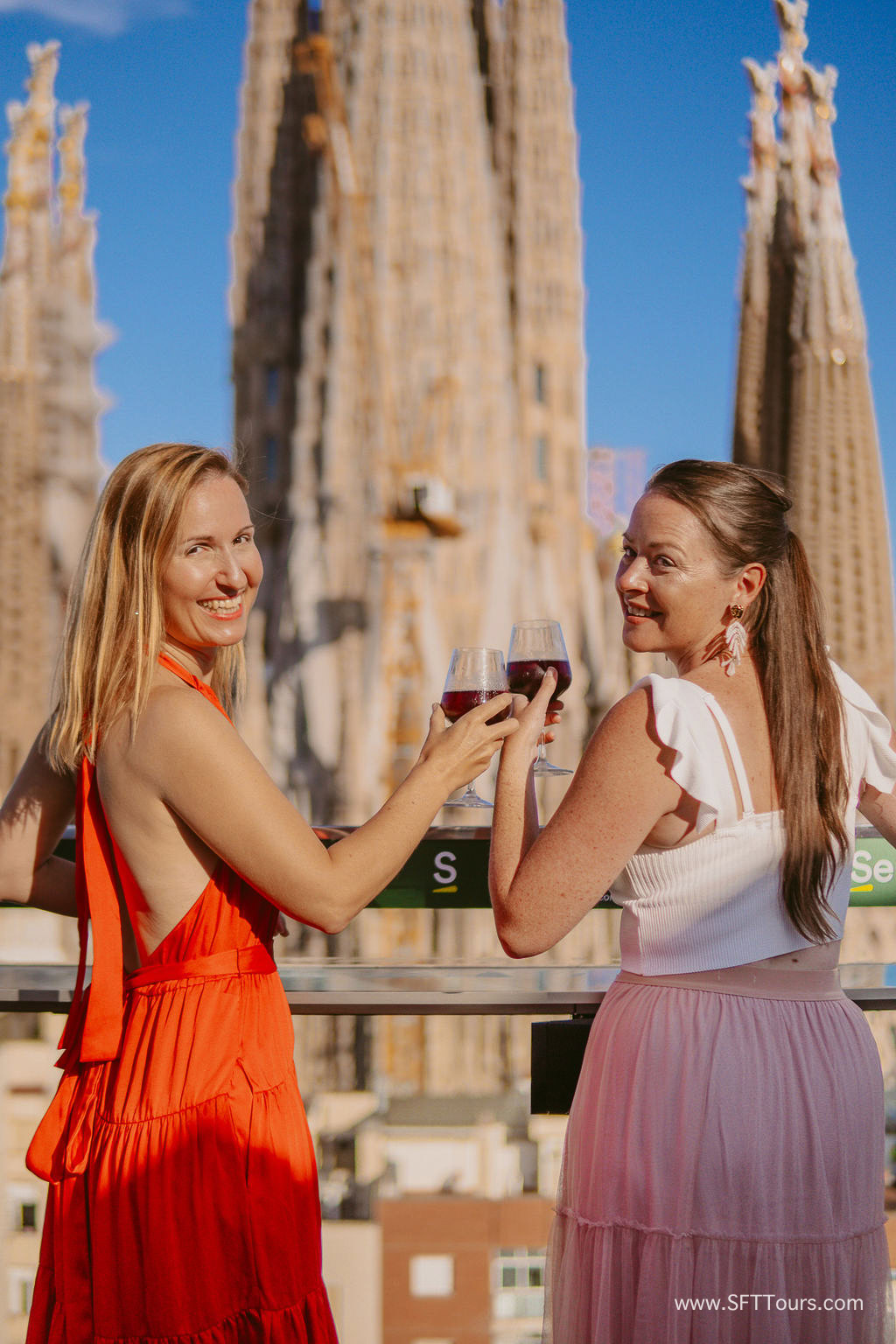
Now that you understand the weather and the fashion sense of Catalonia, it’s time to have a look at what to wear in Barcelona and Costa Brava in the summer.
Dresses
The best thing to wear during the Catalan summer is a light, comfortable, flowy dress. It can be long or short, mini or maxi, in a solid color or patterned, but generally, it is loose and not tight.
Think wrap-around dresses, spaghetti strap dresses, florals, etc. and generally, in bright summer tones that evoque a fruit bowl: red, orange, yellow, green, or marine tones are all great.
For the night, some cute shorts or a long dress in a solid color paired with a nice accessory will help you blend in. I love this V-neck one.
Skirts
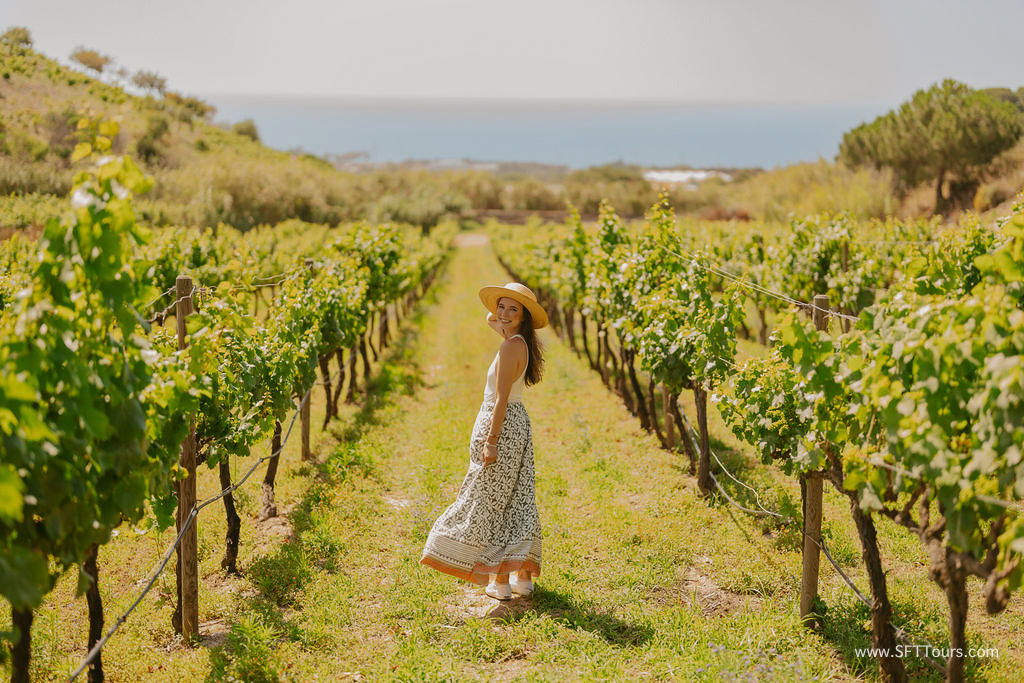
We wear lots of skirts in Catalonia, of all lengths.
Long ones with a cute top (I have this one in 2 colors), three quarter length ones and short skirts. Mini skirts are generally worn by teenagers or beach goers and less so in Barcelona.
Crop pants
I am a big fan of crop pants because they can be really cute, come in a variety of materials and are fun yet conservative and cover me from the sun, plus they fit my silhouette. A pair of light crop denims or linen pants will come in handy.
Shorts
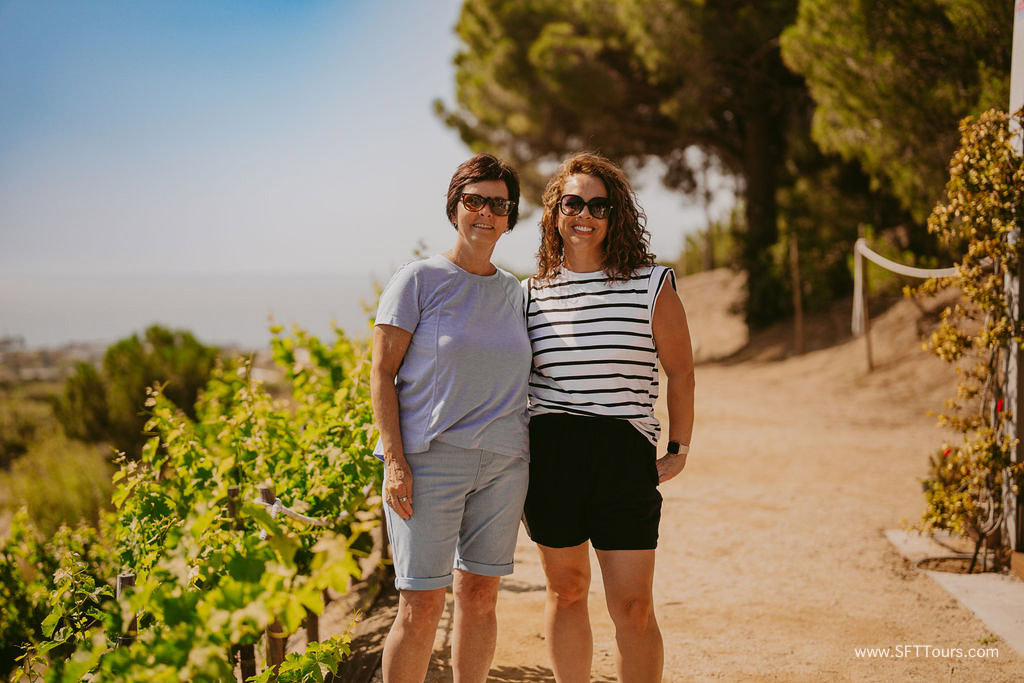
I like to wear shorts in the summertime. They are comfortable, easy to pair with a tshirt or top and will keep you fresh when the sun is shining.
All those articles online which say Catalan women don’t wear shorts are nonsense, we wear them, all the time. How else would we ride our scooters to the beach?
Shorts are a must-wear in Costa Brava in the summer but don’t make them tacky, wear classy chinos and cute cotton shorts.
Leggings
Leggings are another great comfortable outfit to pack. They cover your legs and knees for any religious building and can pair up with lots of tops. They are light and comfy.
Linen shirts and slacks
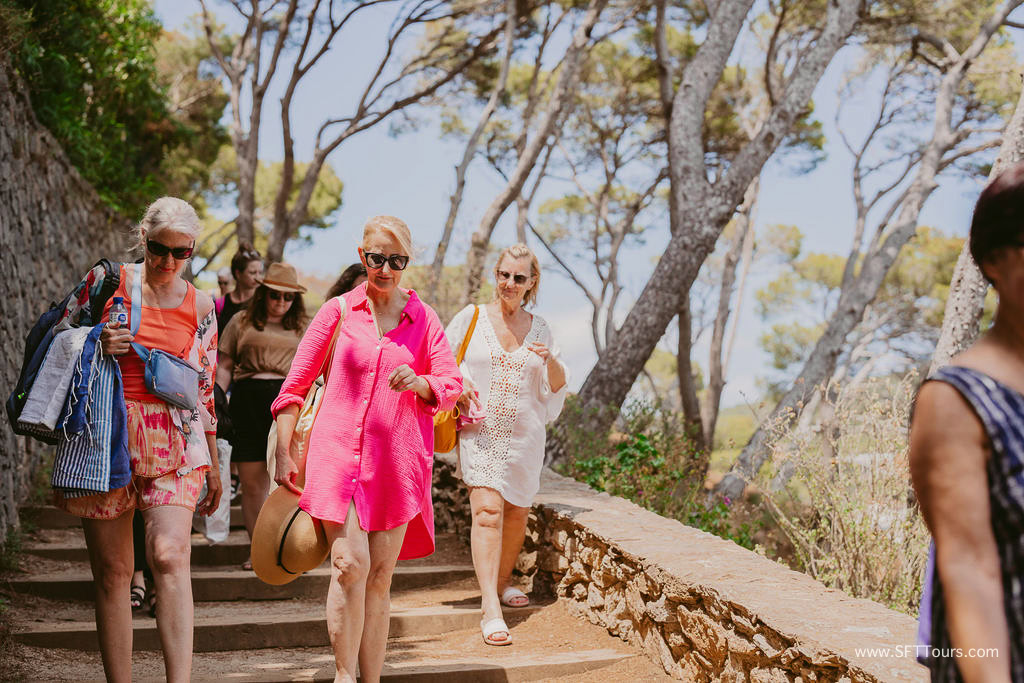
Linen is a great material for the hot summer weather and I love to wear it, especially in loose fitting shirts over leggings or as a pair of long trousers.
The main issue with linen clothing is that it requires ironing and I don’t like to iron when I am on holidays. To minimize creasing, check out our packing hacks and roll the clothes.
A light cardigan
Although it is quite warm in June and September in Barcelona and Costa Brava, if you are used to living in a warm place, you may find the evening sea breeze when sitting still at dinner a bit chilly so a light cardigan is useful.
Swimwear
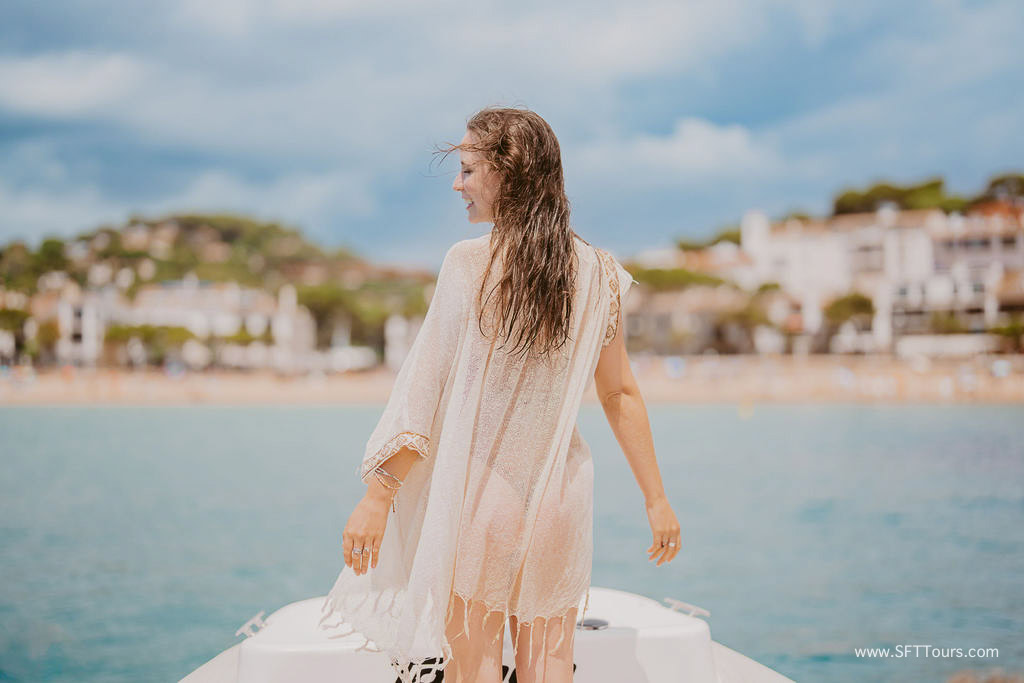
Whether you prefer a bikini or a swimming suit, you can’t visit Barcelona or Costa Brava in the summer without bringing appropriate swimwear with you.
In general, less is more at Spanish beaches, and local women take off as many clothes as they can. If you stroll through the beach anywhere in Spain, you will wonder what is even the point of packing any swimwear because women are practically naked.
We love to get an even tan and since summer outfits demand strap tops and short skirts or shorts, you don’t want to have those annoying tan lines so tiny thongs and the smallest bikini tops are a must.
Better yet, do as locals do and roll your bikini bottoms, take off your bikini top and bear it all in the name of a tan!
Pro tip: As soon as you leave the beach and the adjacent streets, put on a top, as it is illegal to be walking in the streets of Barcelona bare chested and you could be fined.
Cute t-shirts and tops
Spanish women like to wear comfy but cute tshirts, sleeveless, strapless or tank tops and blouses that may be floral, with a design or have details that make them a bit more than just a white t-shirt. Materials such as cotton and silk can dress you up and are light and fresh.
Other things to pack for Barcelona and Costa Brava
Besides clothing, there are a few other things worth packing for your trip to Barcelona and Catalunya.
_________________________
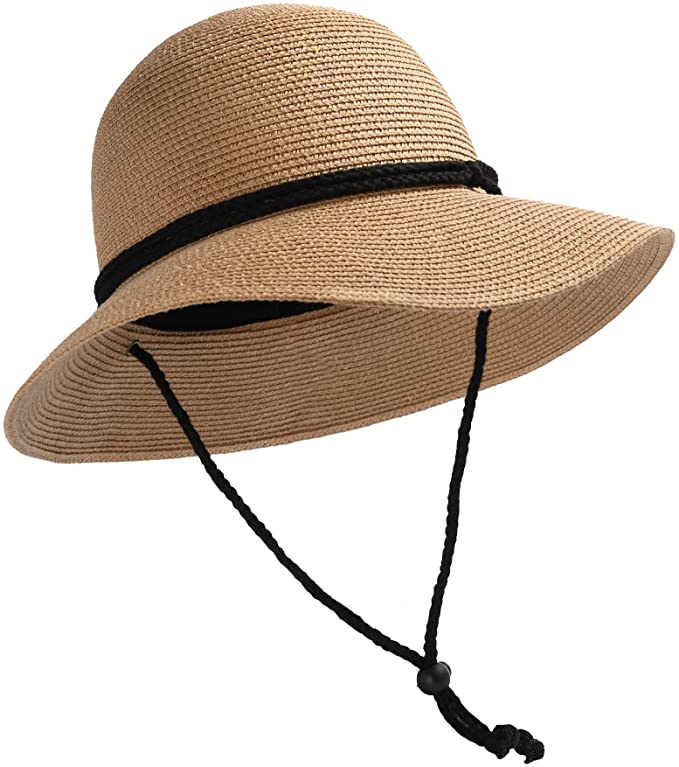 | A sun hat: As mentioned, the sun will be shining all day long so a hat is a great way to protect eyes and face from the sun exposure. Locals like straw hats. Check out this wide brim one. |
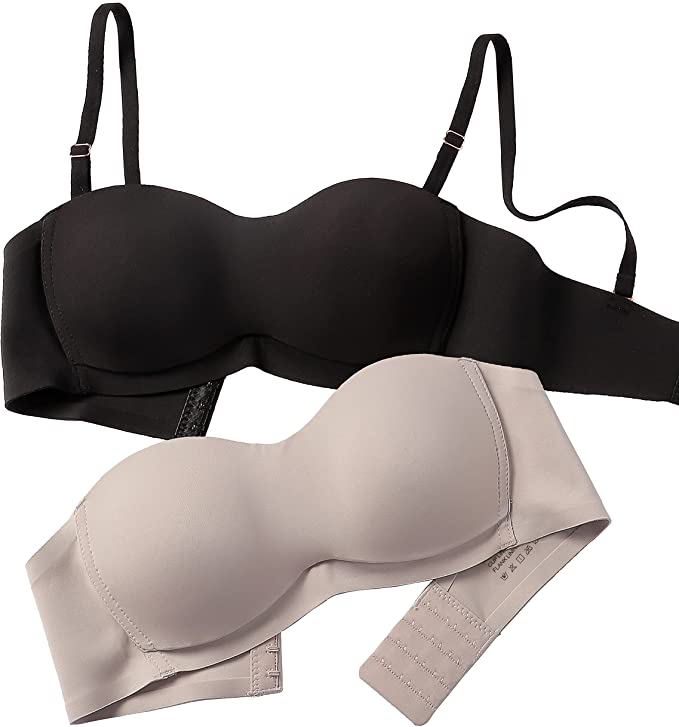 | A strapless bra: For all those tops and dresses, or if your outfit demands it, a stick-on one so you look perfect, or these best selling nipple covers if you don’t need the support. Find a comfy wire free strapless bra here. |
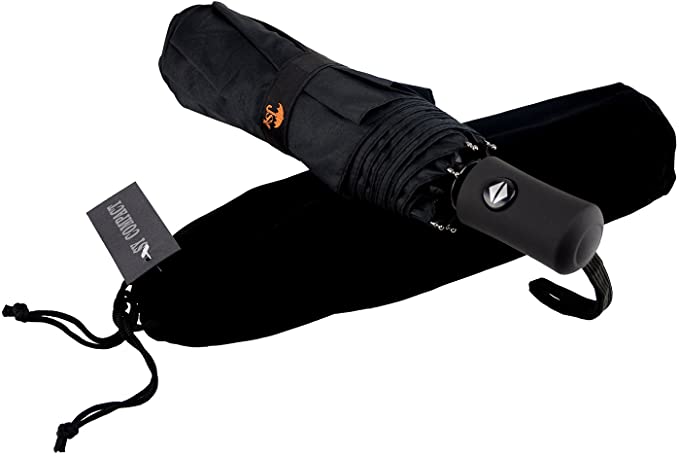 | A travel umbrella: I discussed the weather in the summer months earlier and you know that rain is unusual at this time of year, but I will be spending a lot of time outdoors and if showers appear, a travel umbrella will come in handy. This one weighs less than 500 grams and is wind-resistant. |
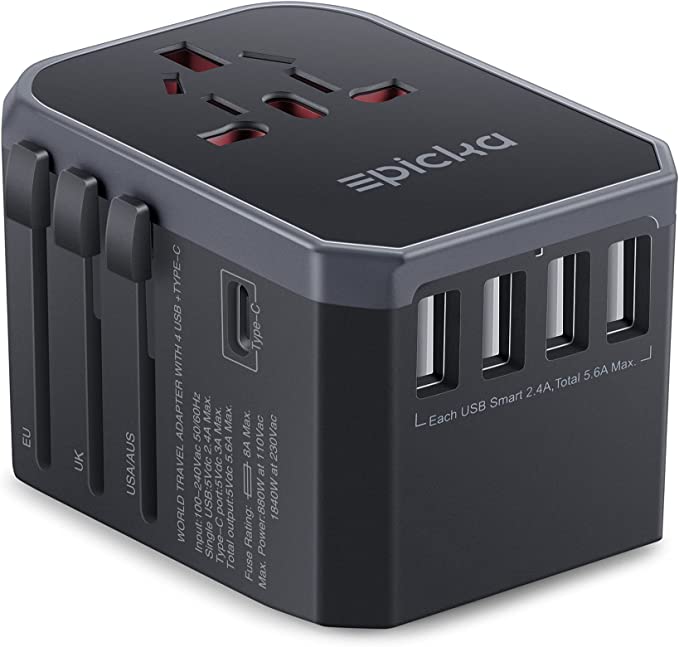 | European / universal plug adaptor: Spain uses standard two round prong European plugs. I like the ones which come with USB ports so that I can charge phones, cameras and everything else with just one adaptor. I love this one because it has USB ports for all the electronics I now carry. |
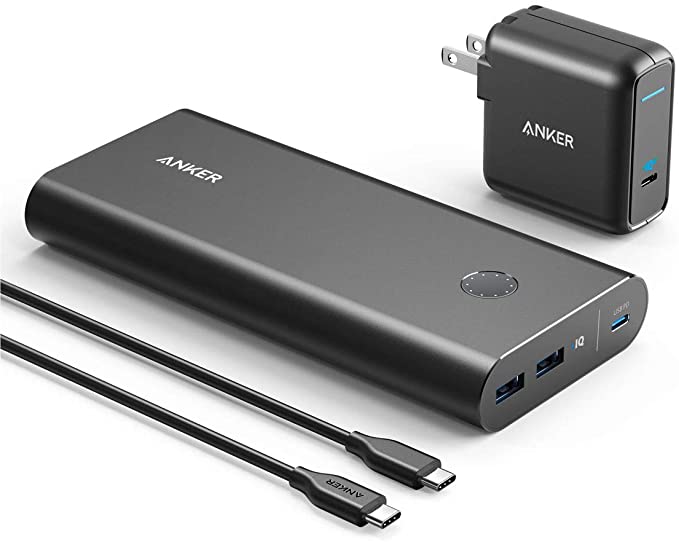 | Power bank: This Anker Portable Charger has a 20000mAh capacity, and fast-charging USB-C ports, you can power up your devices in a flash, while the LED display keeps you in the know about your battery level. It’s the perfect companion for road trips, travel adventures, or just surviving a long day out and about the Barcelona streets. |
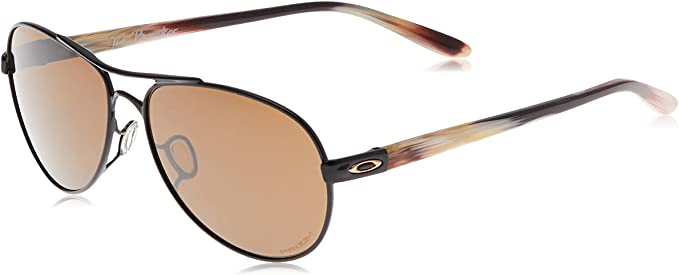 | Sunglasses: I expect sunshine, so a pair of sunglasses is an essential travel item in Barcelona. I like Oakley sunglasses as they are polarized and protect your eyes from any damaging sun rays. I alway wear them. Yes, they are not fashionable, but I have sensitive eyes that don’t like bright days, so they are a lifesaver for me. Lately, they have been launching more modern and stylish models. Check out their store on Amazon. |
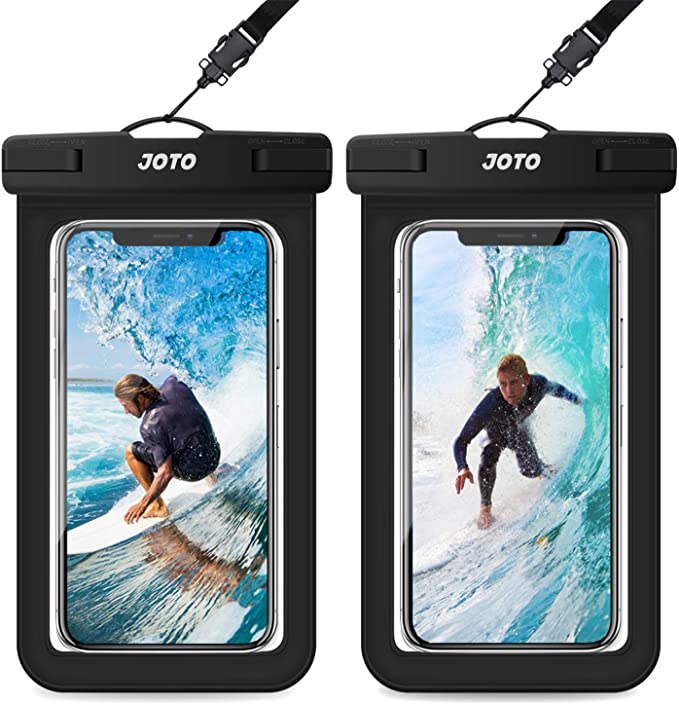 | Waterproof mobile phone case: This comes in handy to take with you in the water in case you go to the beach alone as you can stash other belongings like credit cards or money in it and make sure they are safely with you even if you go for a dip. This one is a commonly purchased one by our guests who take it to the Blue Lagoon for pictures. |
 | Water bottle: Single use plastic bottles are terrible for the environment so I recommend you bring your own reusable bottle as part of our efforts towards zero-waste and responsible travel. Tap water in Spain is safe to drink and you don’t need to bring a water filter, just your regular bottle will do. Replenish it in your room or at breakfast, or use any of the public fountains. |
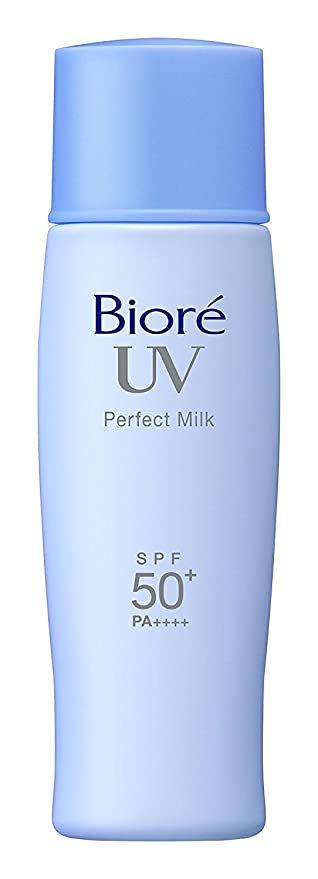 | Sunscreen: Perhaps the most important item in this packing list for Barcelona is sunscreen. The sun is very strong in the summer and you will be under its powerful rays for many hours, protecting your skin is key. I like and use Biore SPF 50++++ because you can wear it under makeup and it is non-sticky and silky smooth. For the body, I highly recommend Aussie brand Sun Bum which is specifically designed for strong sun, is vegan, reef-safe and smells heavenly. They have a travel pack with sizes below 100ml that comes with a pretty pouch and includes sunscreen, lip balm (very important) and aftersun. |
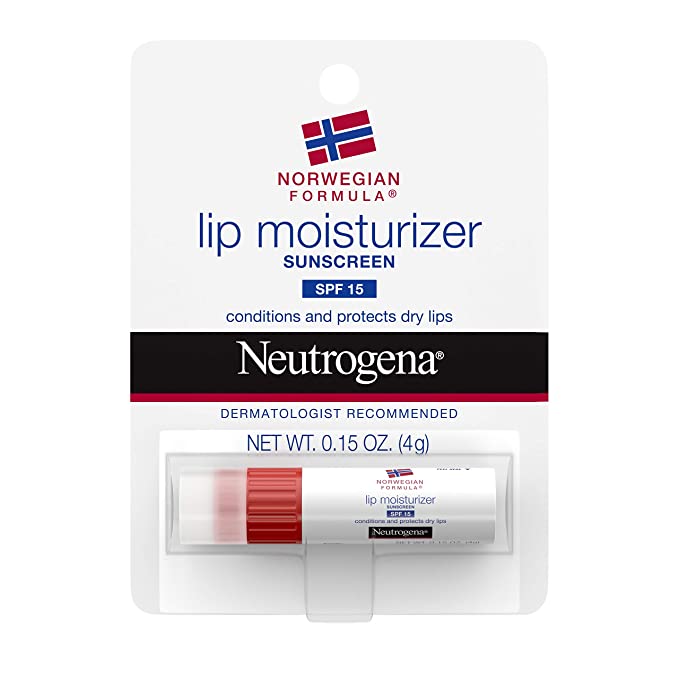 | Lip balm: The sun makes it particularly tough for the skin and lips so you should bring a lip balm to stay moisturized. I find these are essential to not end up with completely ruined lips or even blisters. This best selling Neutrogena has SPF 15, so your lips will never be dry again! |
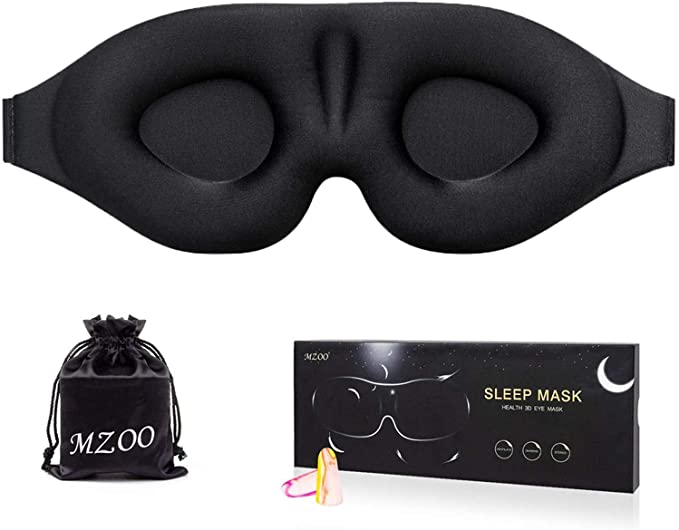 | Sleep mask: Although hotels have proper blinds, you will be sharing the room with another traveler who may be a late owl. Bring a sleep mask like this one to block the light. Or upgrade to Manta Sleep, I have been using the sound mask for months now and it is INCREDIBLE both for the flight as well as to sleep at night and get over the jetlag. It is magic when paired with my Calm app. |
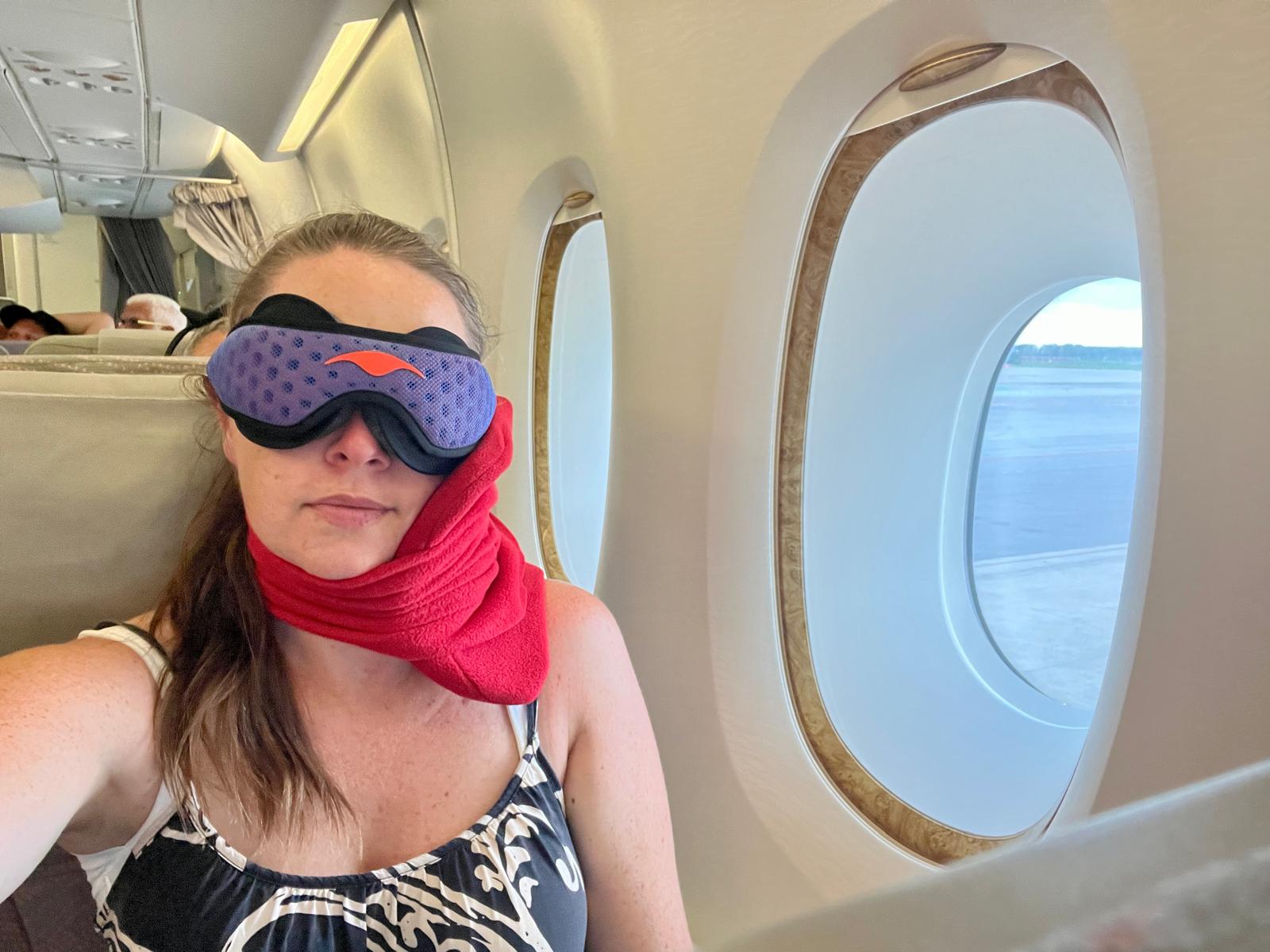 | Travel pillow: If you are flying to Italy overnight, you will need a proper neck pillow to sleep and arrive rested. Me and Meg both use the Turtle neck. |
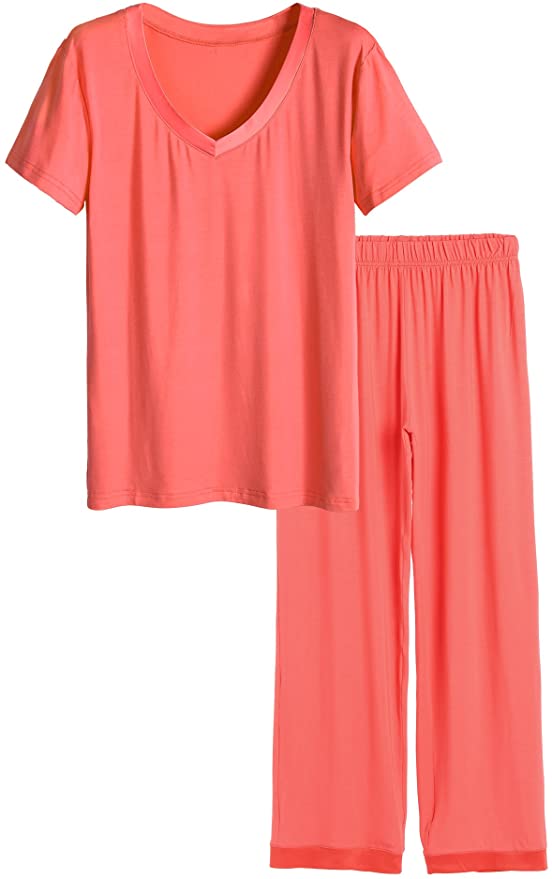 | Pajamas: As mentioned, you will most likely be sharing a room so don’t forget to pack your pajamas! Here’s a comfy choice from Amazon. |
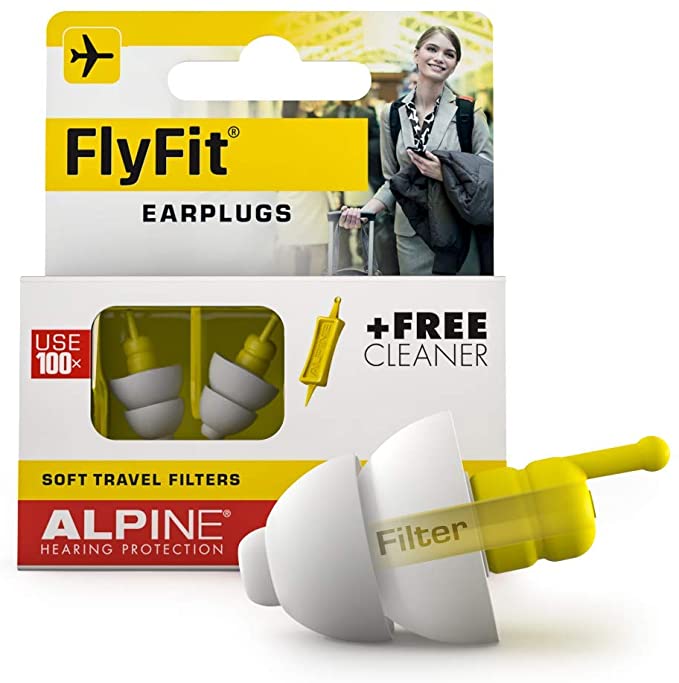 | Ear plugs: It is never a bad idea to have a pair of earplugs handy, for the flight, a noisy neighbor or an antsy roommate. Check out these from Amazon. |
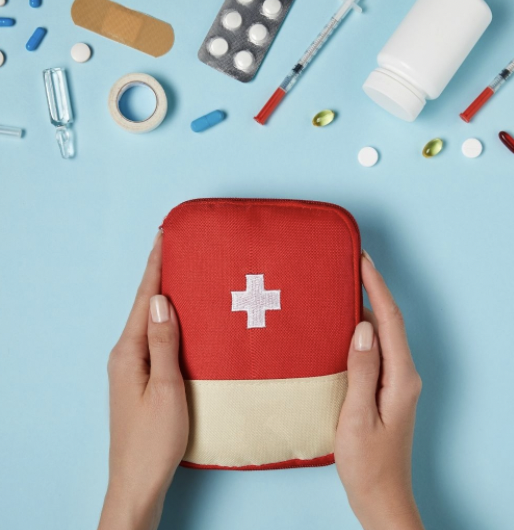 | First aid kit and medication: Available medications, brands and products in Spain may not be the same back home so it’s always best to bring everything you are used to and of course, all prescription medication or vitamins you take. I also recommend packing a basic first aid kit with items such as plasters, an antiseptic ointment, eye drops, hydration powder, etc. Have a look at our suggested first aid kit here. |
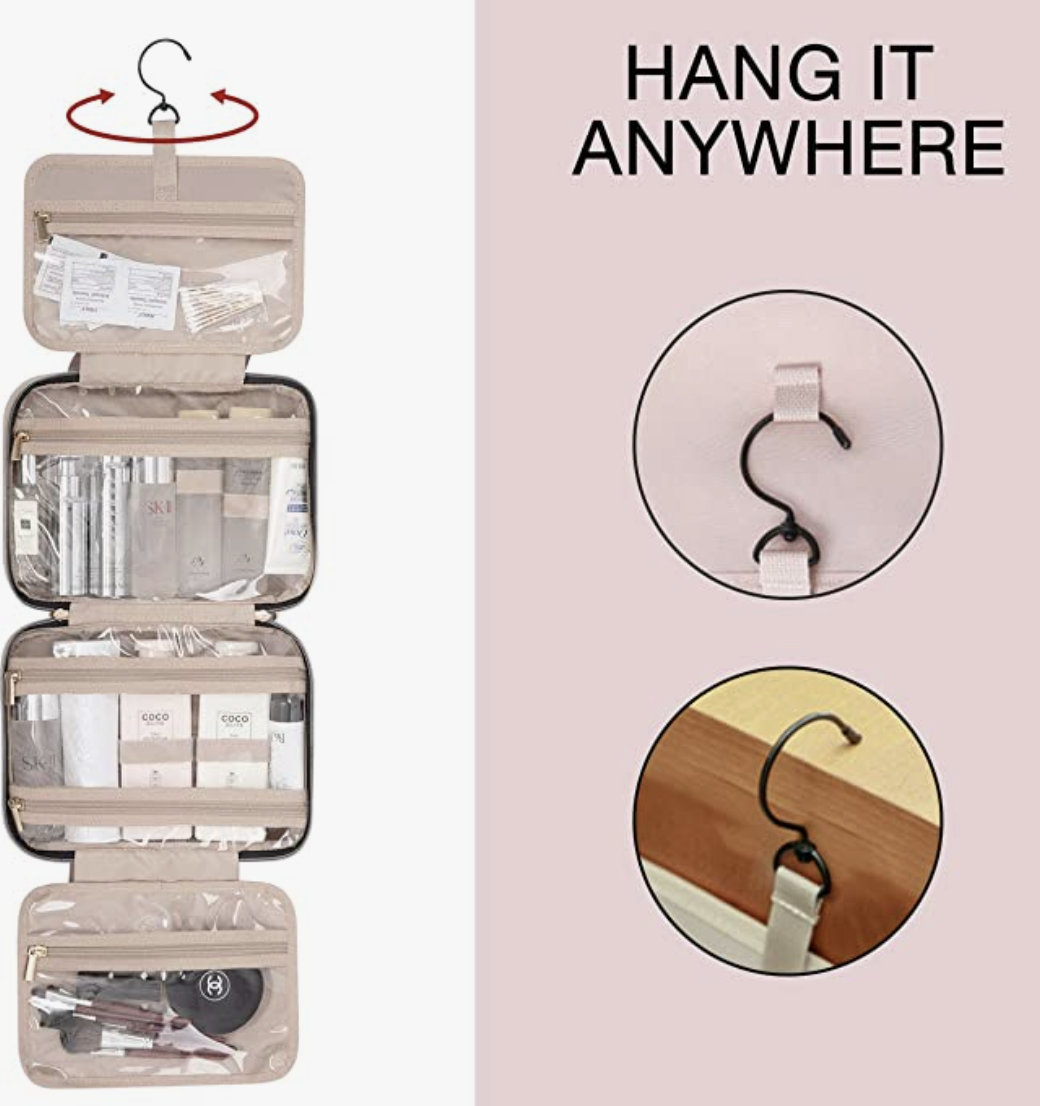 | A foldable toiletry bag: I always travel with a foldable toiletry bag which I can hang anywhere. You will be moving around a lot on any trip to Iceland because of the fact that most people visit on a road trip, so you save on packing and unpacking. They also help you keep everything easy to find and tidy. This one is very cute. |
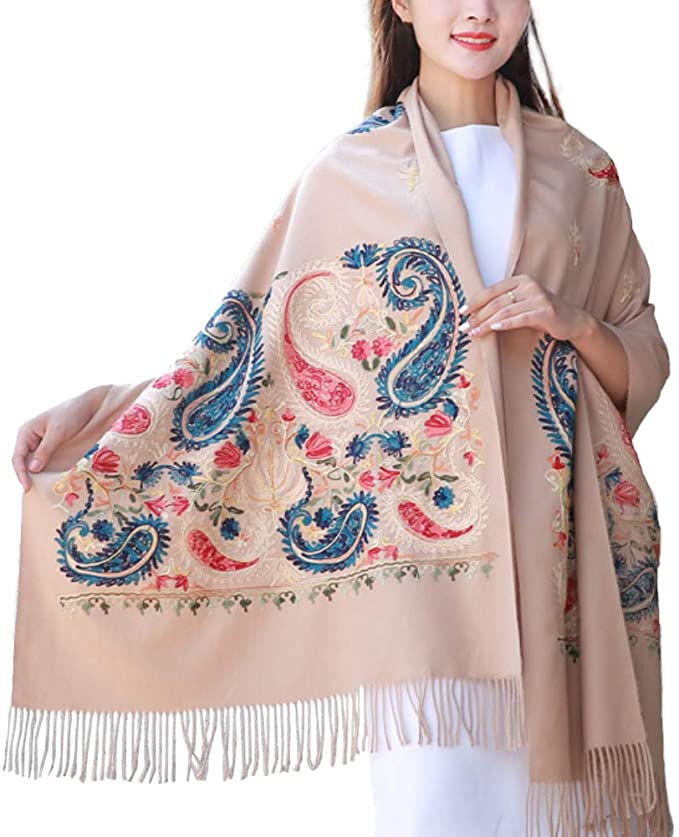 | A shawl: Some religious buildings such as churches will require that you cover your shoulders and knees so a shawl or sarong comes in pretty handy in those situations. Most notably, this will be required inside Barcelona’s Cathedral, Sagrada Familia and Santa Maria del mar Basilica. This beautiful one is very similar to the “manton de Manila” shawls worn by flamenco dancers and adds a touch of Spain to your outfit. |
What not to pack for summer in Barcelona
There are also a few things I do not recommend you bring to Barcelona and Catalunya if you are coming in the summer, mainly, because you won’t need them.
- Thick jeans: Summertime is too hot and humid for jeans, though a pair of light summer denim trousers or cotton jeans, chino style, in light colors like blue, white or pastels will come in handy for an evening meal and can be styled to look cute.
- Hair dryer: Most hotels have them and if yours is old, you’ll also need to carry a converter or make sure it works with double voltage so that it does not get fried by the Spanish 220V.
- Hand bags that don’t close: You know the ones, the basket-style ones that don’t have a zipper to close them are a big no-no in Barcelona, unless you want to make pickpockets happy.
- Dress like you are going on safari: I find it hilarious when I see tourists dressed in Barcelona like they are in the Serengeti, with khaki clothes, trousers that unzip to shorts and trekking boots, in the middle of the city.

